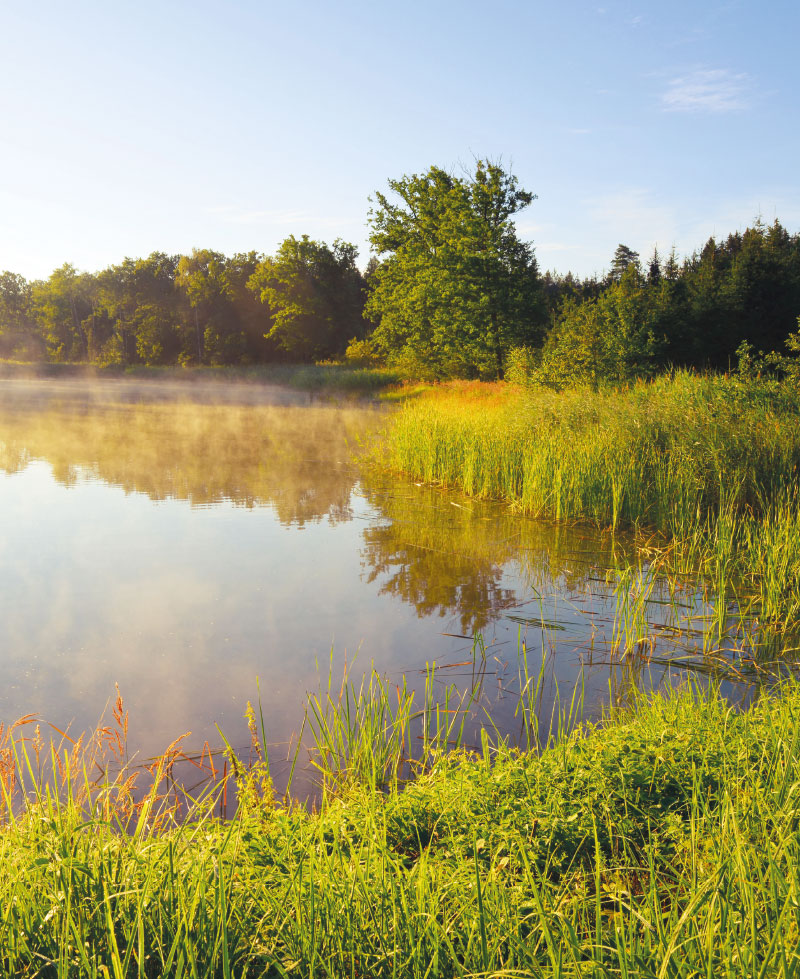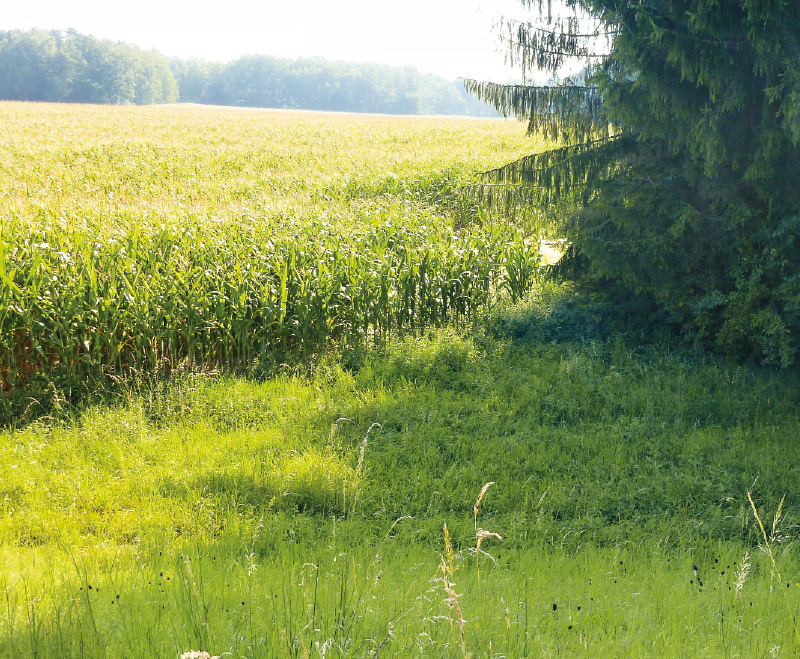Atmospheric deposition as a possible source of surface water pollution (Results of the project, part 2. – polycyclic aromatic hydrocarbons)
From October 2020 to September 2021, in two forest micro-catchments in the Czech Republic, the quality of wet atmospheric deposition (bulk and throughfall) was monitored simultaneously with the surface water quality in the local watercourse, humus, and the moss species Pleurozium schreberi. An evaluation is presented of the 15 polycyclic aromatic hydrocarbons (PAHs) burden of the above-mentioned matrices. The first site was chosen in the Beskid Mountains in the Moravian-Silesian region, in the cadastre of the village of Bystřice in the upper basin of the Suchý stream (altitude 590 to 835 m a.s.l.). This area is affected by industrial activities. The second reference site was chosen in the Bohemian-Moravian Highlands near Košetice observatory (altitude 520 m a.s.l.).
Dynamics of micropollutant loads into water supply reservoirs Vír I, Opatovice and Ludkovice
Pesticides are still an important group of substances involved in surface water pollution. Their increased occurrence in watercourses in the agricultural landscape is mainly linked to rainfall-runoff conditions, types of cultivated crops, and methods of agricultural management. In order to capture these factors, passive sampling techniques were chosen for the assessment of the load of these substances in selected catchments of water supply reservoirs in the administration of Povodí Moravy State Enterprise. These techniques consist of continuous exposure for several weeks with gradual (integrative) capture of pollution on suitable sorbents. The POCIS (polar organic chemical integrative samplers) were chosen in this work – widely used samplers suitable for capturing polar organic substances. They were applied in eight consecutive sampling campaigns to cover the entire growing season. The aim was to assess the spatio-temporal dynamics (in monthly steps) of selected pesticides and their metabolites into five water supply reservoirs. Due to the scope of the obtained data, this article is focused on the presentation of the results of tributaries into water supply reservoirs Vír I, Opatovice, and Ludkovice, which were monitored in 2021. When the sampling rate Rs was published, it was possible to recalculate the pollution captured by the passive sampler to average concentration during exposure. The results showed which tributaries into the reservoirs were loaded by these hazardous substances in the individual periods of the growing season. The results can be compared with the type of crops grown in a given year.
Atmospheric deposition as a possible source of surface water pollution (Preliminary results of the project, part 1 – heavy metals)
Na pilotních lokalitách v Jizerských horách, Moravskoslezských Beskydech a na Českomoravské vrchovině byly v průběhu jednoho roku sledovány koncentrace vybraných těžkých kovů v atmosférické depozici a povrchové vodě s cílem určit významnost vlivu srážek na kvalitu povrchových vod v antropogenně málo ovlivněném prostředí. Dosažené výsledky ukazují, že u vybraných kovů může atmosférická depozice v některých případech představovat významný vnos do povrchových vod. Na výslednou bilanci látkového odnosu má zásadní vliv charakter prostředí a jeho zatížení v minulosti.
Space-time dynamic of pesticide loading in the drinking water reservoir Švihov
The article deals with space-time dynamic of non-polar and polar compounds load into the drinking water reservoir Švihov in Želivka river basin during the whole vegetation season by passive sampling techniques. The monitoring on the nine tributaries of the Švihov water reservoir and on the raw water inlet to the Želivka drinking water treatment plant took place for eight months from April to November 2018.



